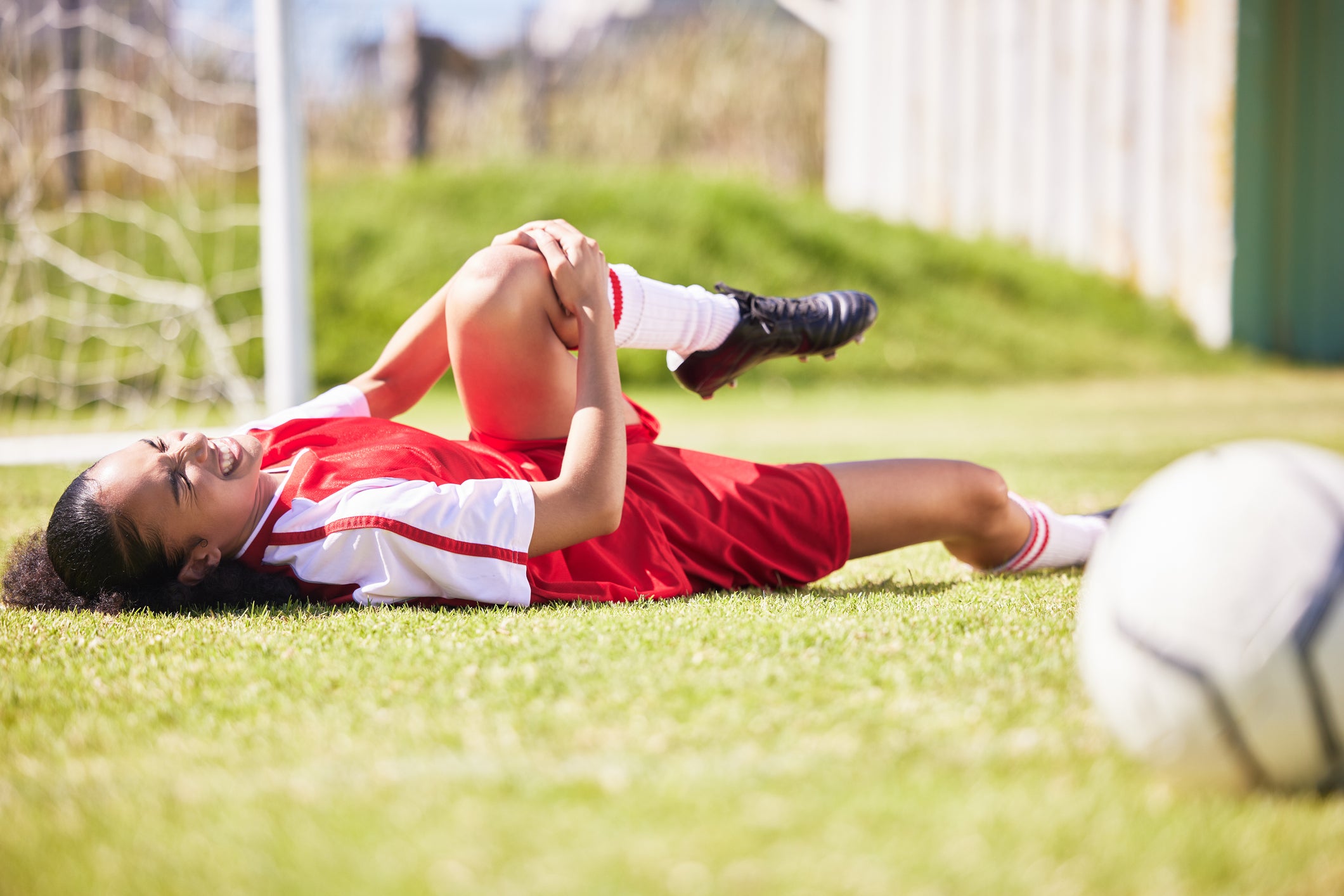
The 2023 FIFA Women’s World Cup is breaking records all over the pitch – with viewership expected to exceed two billion. But a less coveted record is the amount of anterior cruciate ligament (ACL) injuries plaguing women’s football.
When England’s Keira Walsh went down clutching her knee in the Lionesses’ first group game, many feared the worst and expected yet another footballer had suffered from an injury that rules footballers out for around eight months.
Fears were quelled with scans soon after, but teammates Beth Mead and Leah Williamson were not so lucky – picking up ACL injuries before the tournament even started, ruling the stars out.
Compared to male counterparts, female footballers are up to six times more likely to suffer an ACL injury. Data presented at Isokinetic Football Medicine Conference held in London in May revealed the breakdown of how women’s football ACL injuries occur on the pitch.
German researchers at the Julius Maximilian University of Würzburg and University Hospital Regensburg analysed 35 women’s football ACL injuries and detailed four match situations that can increase the risk of injury. The majority are non-contact injuries such as abruptly stopping or landing and twisting the knee. Direct contact injuries only made up 17% of the dataset, such as knee-to-knee trauma. These are similar for men’s football, which still leaves factors increasing the risk unknown.
In likelihood, there are multiple causes. One main area of interest has been the lack of female-specific football boots. Though research is still being carried out, there are indications that women using football boots designed for men could be putting them at higher risk of injury.
How well do you really know your competitors?
Access the most comprehensive Company Profiles on the market, powered by GlobalData. Save hours of research. Gain competitive edge.

Thank you!
Your download email will arrive shortly
Not ready to buy yet? Download a free sample
We are confident about the unique quality of our Company Profiles. However, we want you to make the most beneficial decision for your business, so we offer a free sample that you can download by submitting the below form
By GlobalDataThere have since been calls by members of parliament in the UK to urge major sports brands to increase their range of football boots built for women and girls.
Andrea Tartaglia, Managing Director, Isokinetic London, says: “The exact reasons for higher ACL tear rates in women vs men are debated and amongst the theories are anatomy, hormones, and other factors. We want to further the pool of research to alleviate the uncertainty and anxiety for players.”
Women’s football has managed to thrive in an underfunded environment – to the testament of female footballers and fans of the game – but some players still play on poorer-quality pitches and are under less qualified coaches.
The British Orthopaedic Association says that injury prevention programmes are the answer to tackling the rise in women’s football ACL injuries. Iskokinetic Medical Group, a London-based rehabilitation centre and recognised as a centre of excellence by FIFA, agrees. The centre, which has an analysis test that can help players understand their movement and help prevent ACL injury via real-time video feedback, says that more resources and better injury prevention are needed.
Tartaglia adds: “Data is beginning to show us that a heavy game workload and intensity with insufficient recovery resources may contribute. There are also structural issues like poor fields, unsuitable gear, and shoes. We need to give players answers and solutions to make them feel safer on the pitch.”
“We know that preventing recurrent ACL tears is a challenge – 40% tear again within 5 years and multiple ACL rehabs take mental toll – some retire early out of fear of re-injury. Women’s football needs more resource and better injury prevention.”






